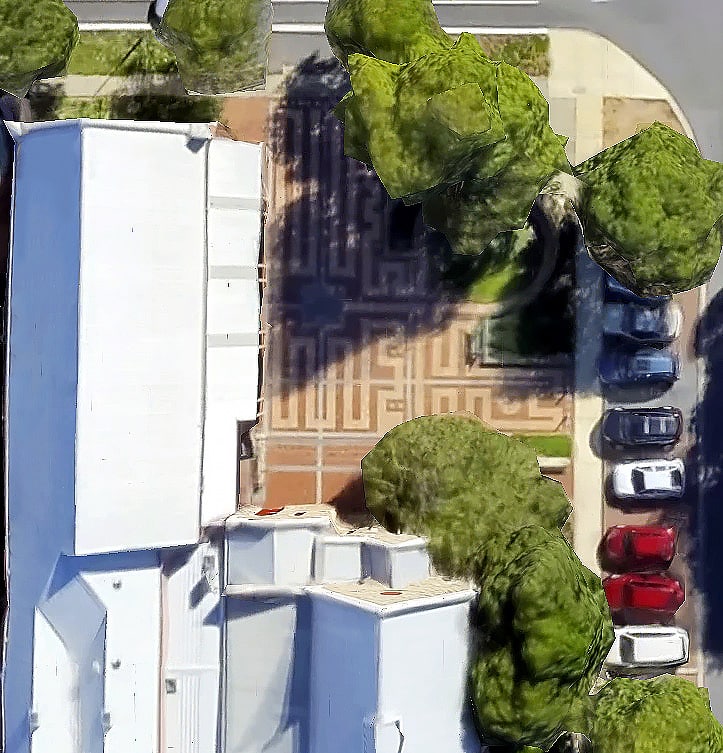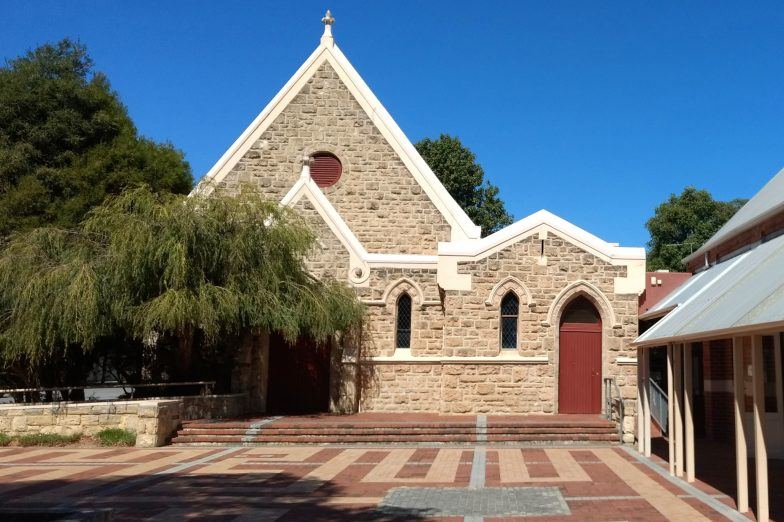To many, life can be compared to a labyrinth; to others, life is a maze, and that is not at all the same thing.
Labyrinths and mazes are found in all parts of the world and have been a source of fascination through the ages. However, there is a fundamental difference between the two:- labyrinths have a centre reached by a single path, whereas mazes contain dead-ends and branching paths and lack a clear path.
The path through a classic labyrinth runs along concentric circles or a rectangular form which makes sense only when viewed from above, like the ground plan of a building.
Seen from this aspect, the lines appear as delineating walls and the space between them as a path, to define the fixed pattern of movement. The path begins at a small opening in the perimeter and leads to the centre by wending its way in a circuitous fashion across the entire labyrinth.
Unlike a maze, the labyrinth’s path is not intersected by other paths and allows no choices, inevitably leading to and ending at the centre.

Once there, the walker must turn around and retrace the same path to return to the outside. The perimeter may take a round, rectangular or polygonal form which usually determines the shape of the circuits inside.
St Aidan’s labyrinth is rectangular in shape, incorporating a pathway around a semi-circular garden. The outdoor courtyard area was determined by a definitive design.
A design is considered a labyrinth only if the path:
- is not intersected or requires the walker to make any choices
- folds back on itself, continually changing direction
- fills the entire interior space by wending its way in the most circuitous fashion possible
- repeatedly leads the walker past the centre
- inevitably ends at the centre
- is the only way back to the entrance

Labyrinths date from ancient times, around 4000 years ago and early designs are made up of seven circuits and eight walls. A single continuous pathway winds into the centre, and the same design shows up in Greece, Europe, Russia, the Middle East, Turkey, North Africa, Pakistan, India, in certain tribes in North and South America and in the “dreaming tracks” of Australian aborigines.
Labyrinth designs have been found through the ages on coins, clay tablets, mosaics, cave paintings and textile materials incorporating embroidery, and outdoors using stones and turf as construction materials.
Medieval labyrinths were constructed using white and blue-black flag-stones and several can be found on floors within cathedrals, the most famous being in Chartres, France, which is the oldest walking-sized Christian path in the world. It is beautifully designed, being 12.8 metres in diameter and has a unique rose centre and 112 crenellations around the outside.
Modern labyrinths can be found in parks and public spaces, in hospital grounds, churches, retreat centres, wilderness areas, schools, in private gardens, beside roads, in paddocks or fields, on heathlands or in forests, and beside rivers. They can be created quickly in sand on a beach or can be constructed of more permanent materials in concrete, stone, timber, hedges, painted on acrylic canvas, planted with flowers or native grasses …….the possibilities are endless.
The purpose of labyrinths vary. Some guide-books suggest that those constructed on floors within cathedrals originated as an alternative to actual pilgrimages to the Holy Land. A labyrinth may be used as an aid to meditation. The walker may seek inner peace or spiritual renewal. Labyrinths near or within churches may encourage people to come inside to be reminded that God is our source of peace and renewal.
In a labyrinth, one does not lose oneself,
“Through the Labyrinth”, by Hermann Kern
In a labyrinth, one finds oneself.
In a labyrinth, one does not encounter the Minotaur,
In a labyrinth, one encounters oneself.
References
Through the Labyrinth, by Hermann Kern. Published by Prestel Verlag, Munich, Germany 2000.
Labyrinths. Ancient Paths of Wisdom and Peace, by Virginia Westbury. Published by Landsdowne Publishing Pty Ltd, Sydney, Australia 2001.